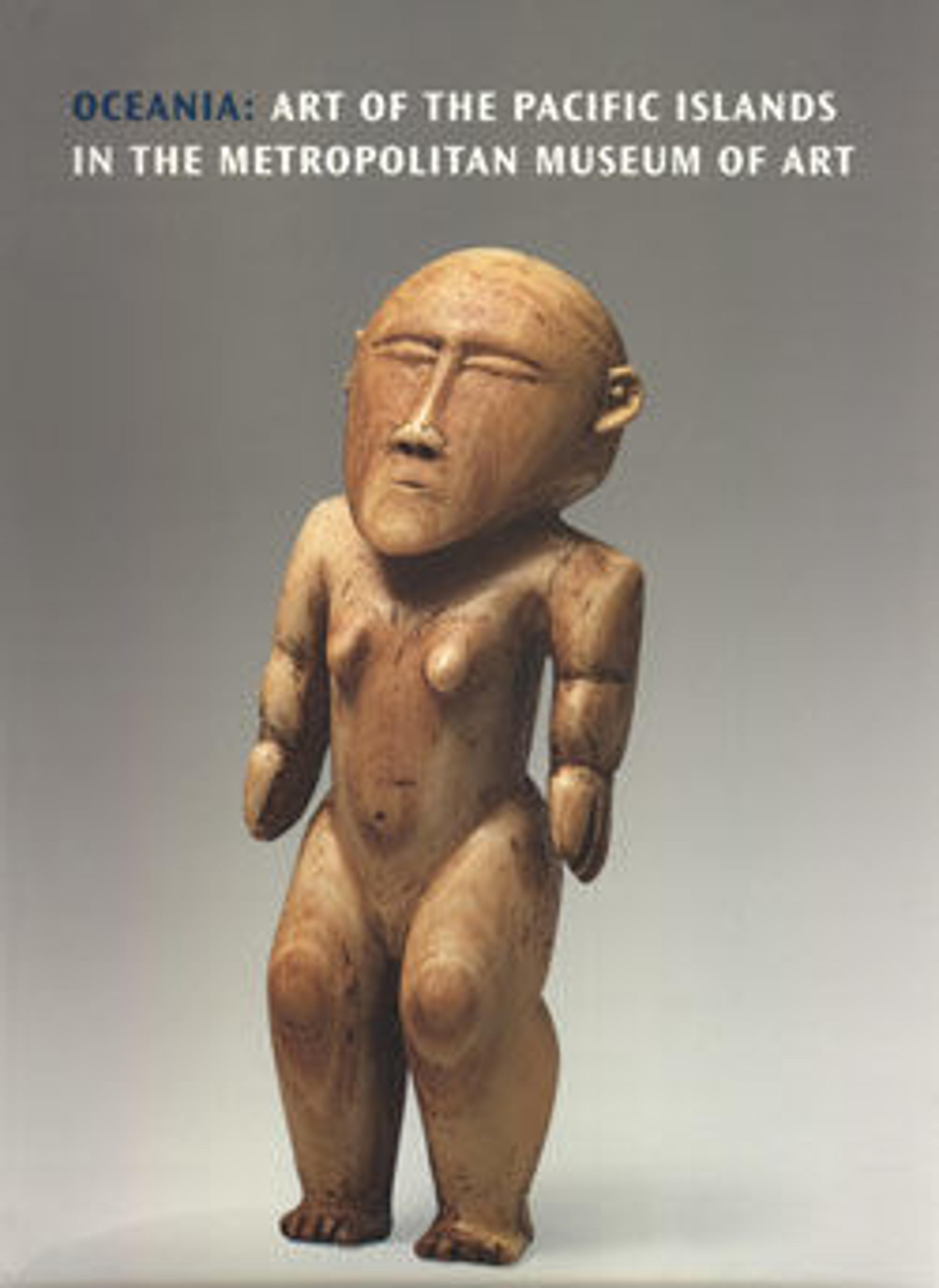Biola (mask)
The island of Timor gave rise to a distinctive tradition (or traditions) of dance masks whose precise origins and significance remain uncertain. What information exists suggests that many of the masks originated in Timor-Leste (East Timor). Portraying both male and female ancestors, they were worn by men during dances and other ceremonies, including celebrations of victory in war.
When in use, the masks were typically painted and adorned with strips of hide or bristles representing facial hair and worn with a headdress or a hood that covered the head, further concealing the dancer's identity. The present mask has no eye holes, and the wearer would have looked out through the mouth. Some masks were made from perishable materials, but wood examples such as this deeply patinated work were preserved and reused many times.
When in use, the masks were typically painted and adorned with strips of hide or bristles representing facial hair and worn with a headdress or a hood that covered the head, further concealing the dancer's identity. The present mask has no eye holes, and the wearer would have looked out through the mouth. Some masks were made from perishable materials, but wood examples such as this deeply patinated work were preserved and reused many times.
Artwork Details
- Title:Biola (mask)
- Artist:Timor Island artist
- Date:19th–early 20th century
- Geography:Republic of Timor-Leste
- Culture:Probably Timor-Leste (East Timor)
- Medium:Wood, fiber, traces of paint, lime, hair
- Dimensions:H. 8 1/2 × W. 5 3/4 × D. 10 1/4 in. (21.6 × 14.6 × 26 cm)
- Classification:Wood-Sculpture
- Credit Line:Purchase, Discovery Communications Inc. Gift and Rogers Fund, 2000
- Object Number:2000.444
- Curatorial Department: The Michael C. Rockefeller Wing
More Artwork
Research Resources
The Met provides unparalleled resources for research and welcomes an international community of students and scholars. The Met's Open Access API is where creators and researchers can connect to the The Met collection. Open Access data and public domain images are available for unrestricted commercial and noncommercial use without permission or fee.
To request images under copyright and other restrictions, please use this Image Request form.
Feedback
We continue to research and examine historical and cultural context for objects in The Met collection. If you have comments or questions about this object record, please contact us using the form below. The Museum looks forward to receiving your comments.
